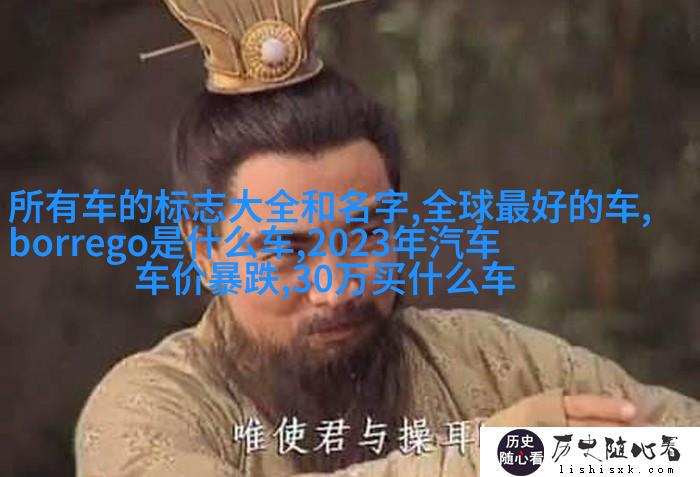Fast Fashion Meets Sustainable Style The Evolution
Fast Fashion Meets Sustainable Style: The Evolution of Clothing Trends

The Rise of Fast Fashion
Fast fashion has revolutionized the way we consume clothing. This phenomenon emerged in the 1990s and has since become a dominant force in the global textile industry. Fast fashion brands such as Zara, H&M, and Forever 21 have disrupted traditional business models by offering trendy, affordable clothing at an unprecedented pace. Consumers can now purchase new outfits multiple times a year, keeping up with ever-changing styles without breaking the bank.

Sustainability Concerns
However, this convenience comes at a steep environmental cost. The fast fashion industry is responsible for an estimated 10% of global carbon emissions and produces over 12% of freshwater pollution worldwide. Textile production requires large amounts of energy and water resources, leading to significant ecological damage when not managed sustainably.

The Emergence of Conscious Consumerism
In response to these concerns, consumers are increasingly adopting conscious consumerism practices that prioritize sustainability over affordability or trendiness alone. Eco-friendly fabrics like organic cotton, bamboo, and recycled polyester are gaining popularity as consumers seek out more environmentally friendly alternatives to conventional textiles.

Designing for Durability
Fashion designers are also adapting their approaches to align with sustainable principles by focusing on creating durable garments rather than disposable ones that may only be worn once before being discarded or replaced with something new based on fleeting trends.

Technological Innovations Supporting Sustainability
Advancements in technology are helping drive sustainability efforts within the fast-fashion industry too - from automated sewing machines reducing waste during production processes to digital platforms enabling circular supply chains where products can easily be returned for recycling or repurposing after their initial use cycle is complete.
Circular Economy Strategies Adopted By Brands
Consumer Education & Awareness Campaigns
8/9/2022



